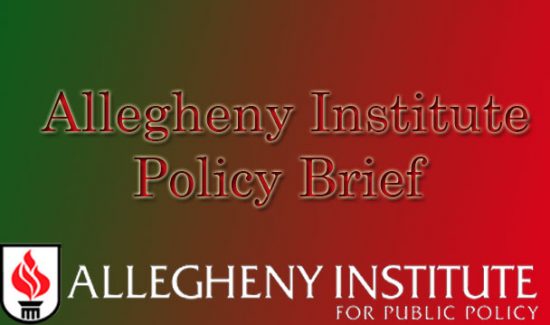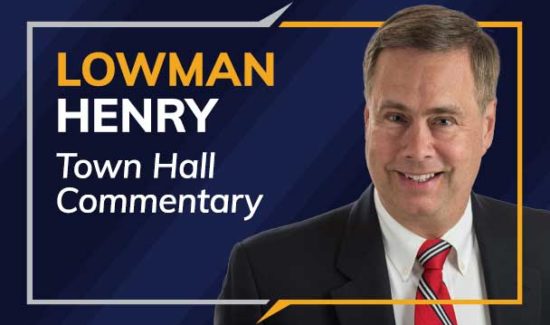Mizzou: A Lesson for Higher Ed
The University of Missouri provided higher education a general object lesson by capitulating to last fall’s student demonstrations over an unsubstantiated "racial crisis" consisting of a few alleged incidents outside administration control. A threatened boycott by black members of Mizzou’s football team force-multiplied the chaos, enabling opportunistic campus subversives to crush common sense.
In the only confirmed racial incident, an inebriated, white non-student made a "hurtful" comment to members of a black organization who, at the time, were planning a blacks-only homecoming ceremony. Apparently, U of M administrators see no impropriety in racially-segregated homecomings for black students and alumni. Nonetheless, Mizzou protesters scored the "unfeeling" university chancellor’s resignation.
Missouri’s meltdown started decades ago. The university began re-segregation in 1968 by establishing the Legion of Black Collegians, ostensibly to give "black students a voice." In 1970, Missouri launched a black studies program. In 1972, the university opened a Legion-demanded, segregated "Black Culture House." Later, Missouri added programs for women, gays, Latinos, and other "aggrieved" groups, and still boasts about its unrelenting Balkanization on a "Multicultural Mizzou" website.
Now, the university is facing a backlash from a public clearly less-tolerant of campus radicals than Missouri’s administration. Fewer students will enroll there next year. Applications are down nearly five percent, almost all from out-of-state applicants who pay higher tuitions. Transfer applications dropped by 94 percent. Athletic department cash contributions dropped 24 percent. Fundraising on the academic side was similarly affected. In December, normally a profitable month during which donors plan tax deductions, donations fell $6 million.
Recently, Missouri’s interim chancellor sent a report to the university community detailing cuts related to an "unexpected sharp decline in first-year enrollments and student retention" and an anticipated $32 million budget gap. Unexpected? Only market illiterates could have failed to anticipate the effects on supporters’ and potential consumers’ market decisions of weeks of relentless coverage of attention-seeking, juvenile grievance-mongers and, especially, certain complicit faculty members and Mizzou’s craven administration.
Although arguably more advanced there, the conditions at Missouri aren’t terribly dissimilar from those at many other institutions. For example, although there were no known connections between former college president Dr. Clyde A. Lynch and the practice of involuntary death by hanging, last December, a few Lebanon Valley College students claimed the name evoked lynching of blacks. Overlooking that the United States Attorney General is a black woman named Loretta Lynch, protesters demanded that Dr. Lynch’s name be removed from a campus building. In January, the students announced that the administration’s response to their demands for "greater equality" was "not good enough."
That’s how it begins. No new concession is ever "good enough." The University of Missouri’s self-inflicted predicament is where appeasement leads.
Other than affecting academic standards and restricting innocent students’ freedoms through intimidation, campus extremism has few consequences as long as radical behavior remains confined inside the liberal institutions which spawned and nurtured it. But, when the news breaks outside those left-wing cocoons, the consequences can be rather costly.
http://www.ldnews.com/story/opinion/2016/03/24/mizzou-lesson-higher-ed/82216274/




